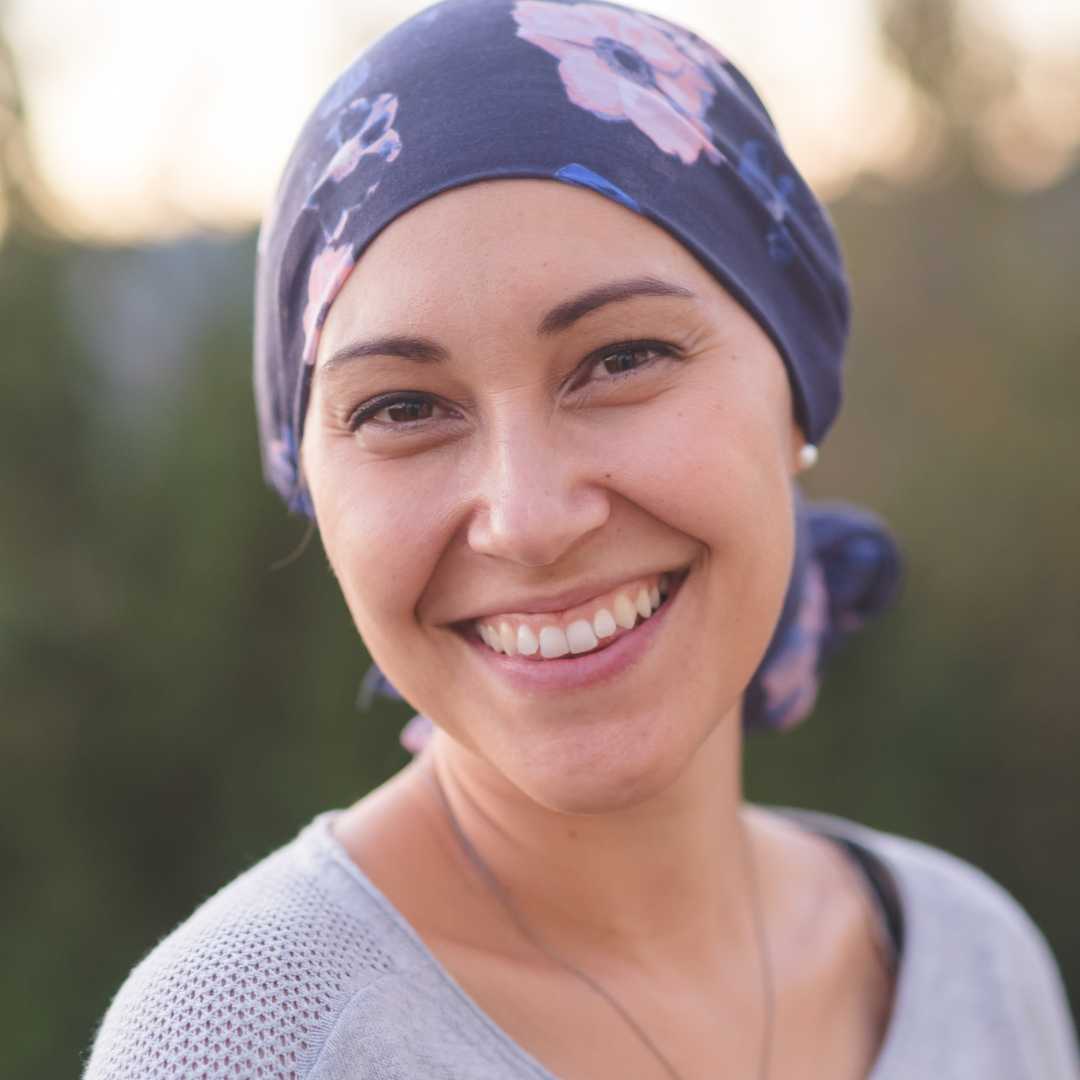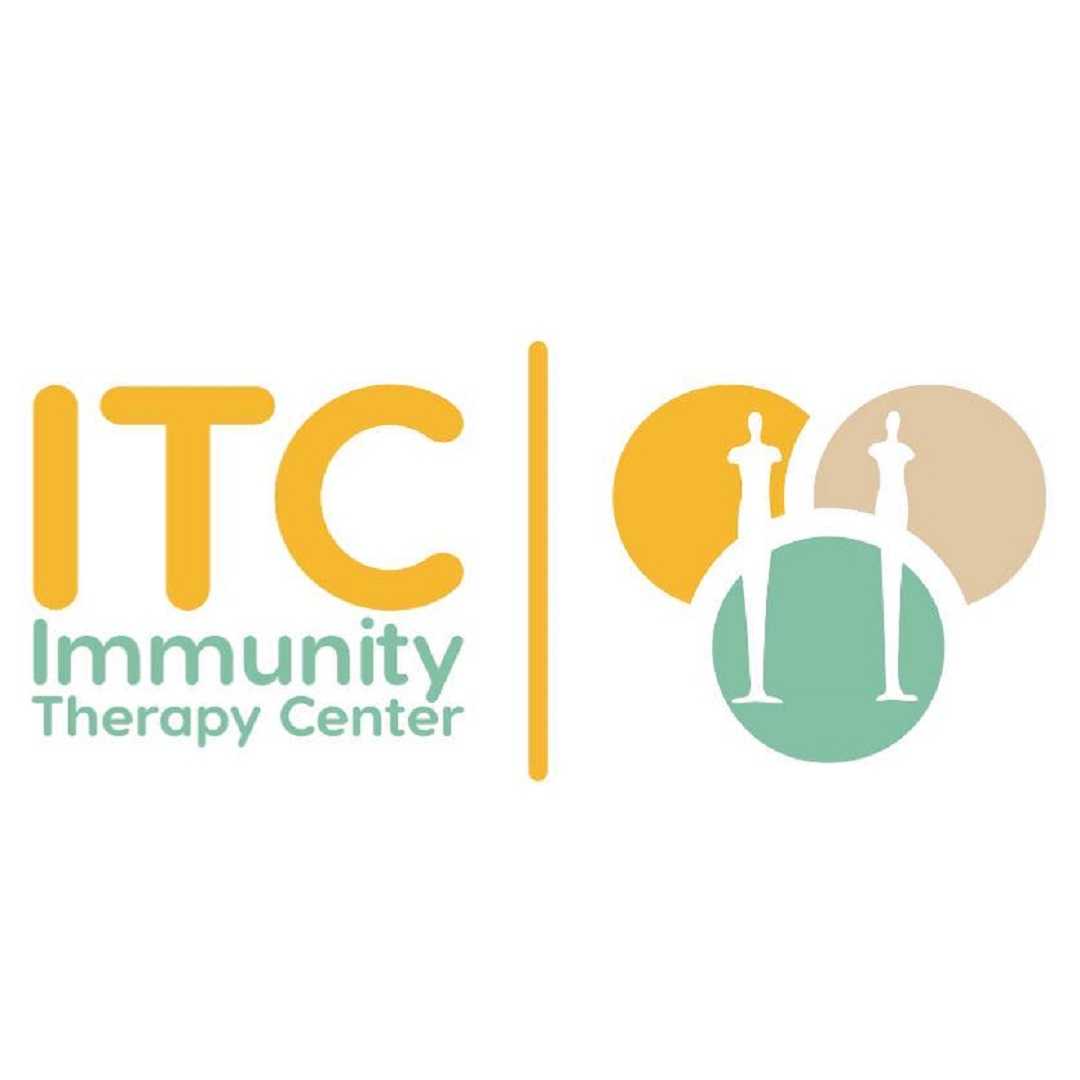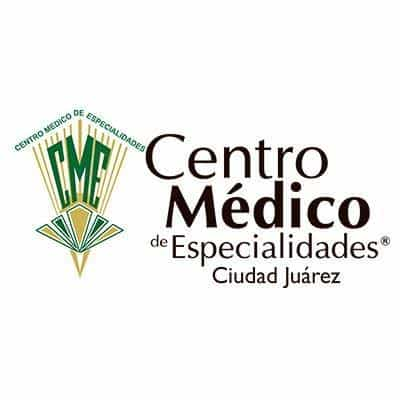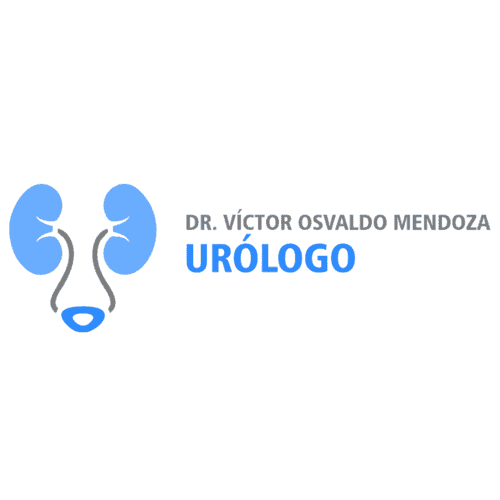Why Choose Mexico for Ovarian Cancer Treatment?

This guide is here to help clarify what you can expect regarding ovarian cancer treatment options in Mexico, offering a clear and comprehensive look at the pathways to recovery.
Our aim is to provide you with important information to help you understand your choices better and make informed decisions about your health journey.
Whether you're just starting your research or comparing different medical tourism destinations, understanding the specifics of ovarian cancer treatment in Mexico is a crucial first step.
What are the primary ovarian cancer treatment options available in Mexico?
The approach to treatment is highly individualized, depending on the stage of the cancer, the patient's overall health, and specific genetic markers of the tumor. Generally, the core treatments involve a combination of surgical intervention and systemic therapies.
Mexican hospitals and clinics specializing in oncology are equipped with advanced diagnostic tools and treatment technologies. They employ multidisciplinary teams, including oncologists, surgeons, radiologists, pathologists, and supportive care specialists, to ensure a holistic approach to patient care.
Is surgery a common treatment for ovarian cancer in Mexico?
Indeed, surgery is a cornerstone of ovarian cancer treatment in Mexico, just as it is globally. For most patients diagnosed with ovarian cancer, surgery is the initial and most critical step in their treatment plan.
Skilled gynecologic oncologists in Mexico perform various types of surgeries for ovarian cancer, which can include:
- Hysterectomy: Removal of the uterus.
- Bilateral Salpingo-Oophorectomy: Removal of both ovaries and fallopian tubes.
- Omentectomy: Removal of the omentum, a fatty tissue apron that often attracts ovarian cancer cells.
- Lymphadenectomy: Removal of nearby lymph nodes to check for cancer spread.
- Partial bowel resection or other organ resections: If the cancer has spread to these areas.
What types of chemotherapy are used for ovarian cancer in Mexico?
Chemotherapy plays a vital role in treating ovarian cancer in Mexico, often following surgery to target any remaining cancer cells or as a primary treatment for advanced stages. Mexican oncologists follow internationally recognized protocols for chemotherapy administration.
The most common and effective chemotherapy drugs for ovarian cancer are platinum-based compounds, such as carboplatin or cisplatin, usually combined with a taxane, like paclitaxel or docetaxel. This combination is often referred to as "carboplatin/paclitaxel" and is a standard first-line treatment. These drugs work by interfering with the cancer cells' ability to grow and divide, ultimately leading to their destruction.
Does Mexico offer radiation therapy for ovarian cancer?
Radiation therapy is not a primary treatment for most cases of ovarian cancer, especially in its early stages, because ovarian cancer typically spreads widely throughout the abdomen. However, Mexico's oncology facilities are equipped to provide radiation therapy when it is clinically indicated. Its role in ovarian cancer treatment is usually more focused and specific.
How does the cost of ovarian cancer treatment in Mexico compare to other countries?
One of the most compelling reasons many patients consider Mexico for medical treatment, including ovarian cancer treatment, is the significant cost advantage.
While precise costs can vary widely based on the specific treatments required, the stage of cancer, the chosen hospital, and the length of stay, Mexico generally offers prices that are substantially more affordable compared to those in the United States, Canada, or Western Europe.
Mexican healthcare providers prioritize patient comfort and comprehensive recovery, offering tailored care plans to help individuals return to their daily lives with renewed health and well-being after ovarian cancer treatment.
Explore PlacidWay for comprehensive solutions related to medical tourism, healthcare services, and a global network of trusted treatment options.


.png)



.png)










Share this listing